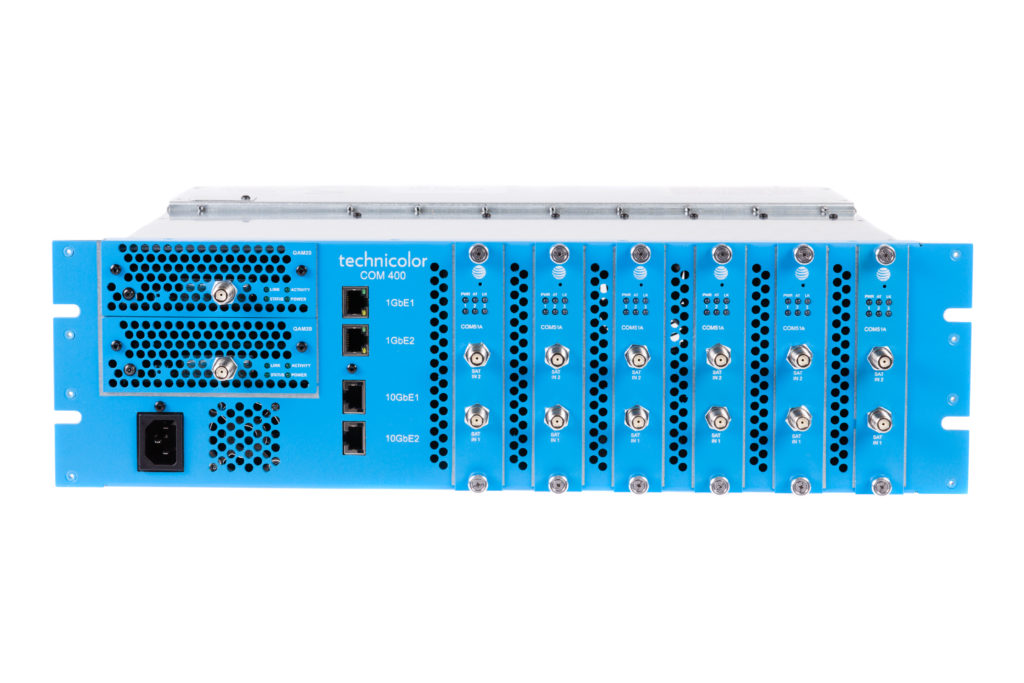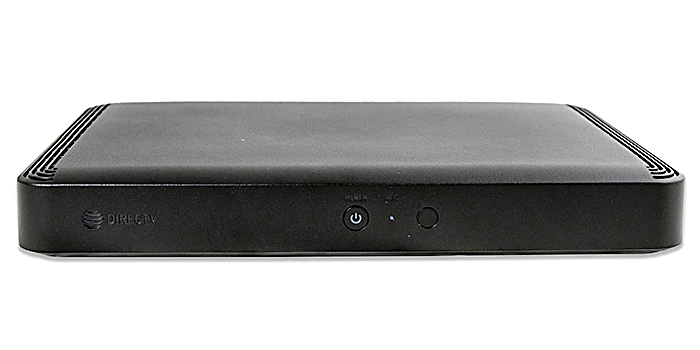Whether you’re at home or in a business, you might want to create a massive DIRECTV system. And so, you naturally want to know if there’s a maximum size you can build to. The answer’s a little less straightforward these days, and it takes a little bit of history to answer. Read on, and you’ll understand why.
A little bit of history
DIRECTV started out as a purely do-it-yourself venture. You bought the equipment from one company, put it all up yourself including aiming the dish, and then subscribed to at least one service. The original systems supported one and only one receiver. There were no DVRs then either.
It wasn’t long before the advent of dual-LNBs which let you expand things out more or less as much as you wanted. But, again this was still a largely DIY effort, and really designed for the home.
In the early 2000s, DIRECTV started moving into businesses and apartment complexes. The demand for satellite programming was enormous. This meant that new industrial-quality systems needed to be designed. They were designed, and it became easier than ever to scale DIRECTV systems to ever larger sizes. Some of the largest systems offered DIRECTV to hundreds of rooms from a single dish.
Cut to… the way things are now
As we move forward, DIRECTV has made a sharp distinction between residential and commercial designs. It’s still possible to have larger residential installations, but it’s getting harder to do within DIRECTV’s rules and computer systems. Here’s the deal.
Commercial systems
With a commercial design, you can still scale DIRECTV systems to be as large as you want. You have two options which both work great.

This is DIRECTV’s H25 commercial receiver. It’s the workhorse of the DIRECTV commercial operation as I write this article. There will likely be newer receivers in the future, but they’re expected to function the same as this one.
With H25 receivers you can still scale to practically any size. The wiring is a bit complex but you’re really only limited to your imagination.

This is the COM3000 headend system for DIRECTV. With it, you can have about 200 channels of DIRECTV delivered over a single wire for an easy installation. You will need special TVs, though, because the signal is encrypted to keep piracy to a minimum.
However, for the most part, you cannot add DVRs or on demand programming to a commercial system. This is something that’s been true for a long time, and it’s due to copyright issues and the way that authors get paid for the commercial performance of their stuff.
Residential systems
DIRECTV’s own research has shown that over 99% of its customers are satisfied with a system that supports 8 rooms and no more. They also want as few wires and boxes as possible. That’s why they now offer the Genie 2 system.

This single box supports 8 rooms of DIRECTV using tiny client boxes that can be wired or wireless. It’s a full-function DVR, media server, and even powers the dish for you. However, it’s not expandable at all.
For those who want options…
For people who want the ultimate system at home, DIRECTV also offers the HR54 DVR.

This system supports only 4 rooms by itself, but can be combined with up to 6 H24 receivers which can all see the programming from the HR54. You can also add an unlimited number of receivers that can’t see programming from the HR54 if you wish. This gives you a lot of flexibility to do what you really want with the system you have.
Unfortunately, DIRECTV no longer offers a standalone DVR like the HR24 to customers, except as a replacement for one that has broken.
Moving forward
I’d like to hear from the Solid Signal Blog crowd. Do you think these options are enough for you? Would you rather go back to the days of complex installations for everyone, but infinite flexibility? Leave a comment below! I know that DIRECTV brass read this blog and it’s up to you to let them know what you’re thinking!





